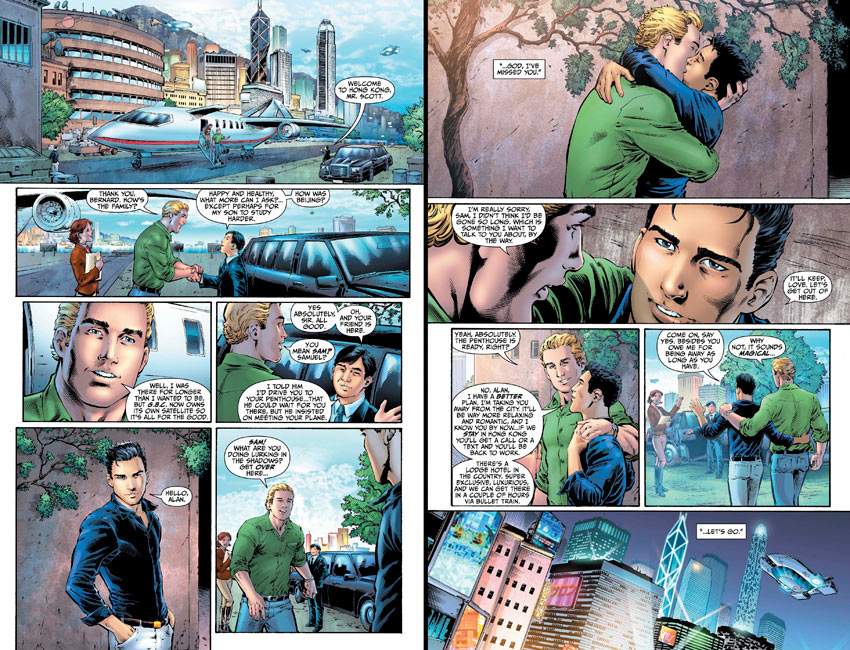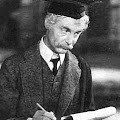
Yes, after much speculation that Batman was about to disclose his real feelings for Robin, or that it was more than just her Jetplane Wonder Woman was keeping invisible, it's DC's Alan Scott who is putting the green colour into the rainbow flag of the LGBT community. Yes - the Green Lantern has turned pink, but he's not unique in terms of gay superheroes. In the Marvel universe, X-man Northstar just married his boyfriend in a superhero gay-wedding, and way back in 2006, Batwoman aka Katherine Kane came out as a lesbian.

Inevitably, not everyone is happy at this queering of the superhumans' patch. The Christian mothers group One Million Moms responded, "Why do adult gay men need comic superheroes as role models? They want to indoctrinate impressionable young minds by placing these gay characters on pedestals in a positive light."

Inevitably, not everyone is happy at this queering of the superhumans' patch. The Christian mothers group One Million Moms responded, "Why do adult gay men need comic superheroes as role models? They want to indoctrinate impressionable young minds by placing these gay characters on pedestals in a positive light."
While Alan Scott's outing and Northstar's same sex nuptials represent a new visibility in terms of gay identity and growing confidence in terms of its representation, the superhero genre has always been especially able to represent male gay experience - to speak of it - and to it - in subtextual ways.
At their heart, superhero narratives have always dealt with experiences of outsidership or duality or secret identities or private burdens, while also objectifying the male physique and exaggerated athleticism as blatantly as any Tom of Finland image. These stories are always shot through with a yearning to live more 'normal' lives, to be integrated, with the constant fear too of exposure and being 'outed', and so often too, the thing that makes these character's different or somehow 'special', also makes them threatening to society and the status quo.

"I ... can tell you the gay rights/post-Holocaust Jewish identity/civil rights allegory stuff was all put in there on purpose. Joss Whedon designed the whole ‘Cure’ storyline in the comic books specifically as a gay allegory, and Bryan Singer wove his own feelings of outsiderdom as a gay man into the movie series. The whole ‘have you ever tried NOT being a mutant’ coming out scene in X2 isn’t even particularly subtle, while it is effective."
In terms of espousing diversity and de-clawing homophobia, the Green Lantern is a welcome addition to the amassing ranks of queer role-models who negate facile categorisation. As the artist said when she was given the brief to draw the new Alan Scott: "He needed to be a big, strapping, handsome man that everyone would instinctively follow and love... Alan strikes me as an incredibly open, honest and warm man, a natural leader and absolutely the right choice to be Guardian of the Earth. His sexuality is incidental."
Indeed.


Indeed, indeed...!
ReplyDeleteI think its a good addition and a good choice of superhero. However, I hope the writers treat the subject with intelligence and good humour (e.g Joss Whedon / Russel T Davies style) without a darker comic universe taking over.
ReplyDelete